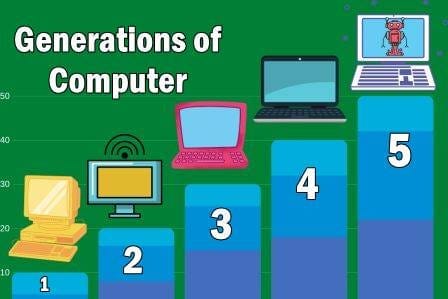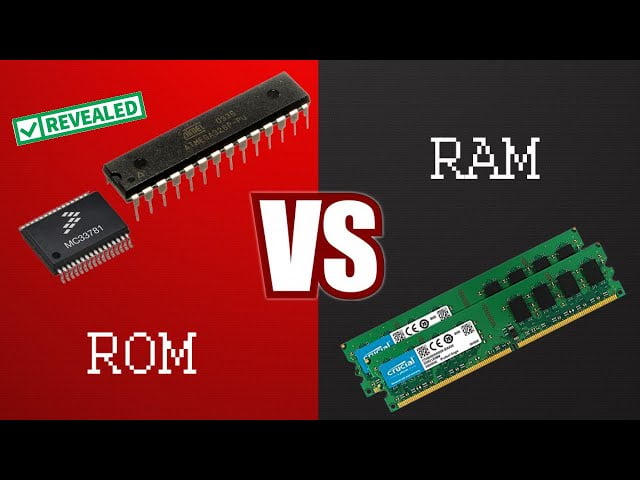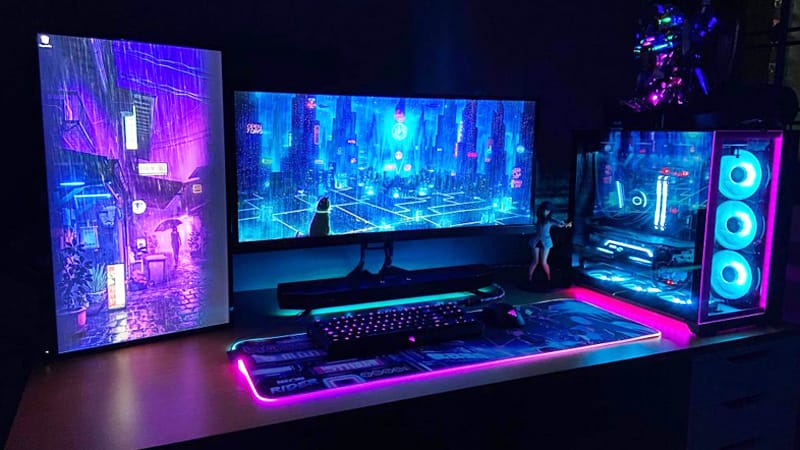Table of Contents
Understanding Computers: Types, Generations, and Specifications in India
Computers have become an integral part of modern life, essential for work, education, entertainment, and communication. In India, the proliferation of computers across various sectors has significantly transformed the technological landscape. This blog post delves into the different types of computers, their generations, and the key specifications like RAM and ROM, providing a comprehensive guide for potential buyers and tech enthusiasts.
Types of Computers

- Desktop Computers: These are traditional personal computers designed for regular use at a single location. They typically consist of a monitor, CPU (Central Processing Unit), keyboard, and mouse. Desktops are preferred for their powerful performance, larger storage capacities, and ease of upgrades.
- Laptop Computers: Laptops are portable computers that integrate the display, keyboard, and processing components into a single unit. They are ideal for users who require mobility and convenience. Laptops come in various sizes and specifications to cater to different needs, from basic tasks to high-end gaming and professional use.
- Tablets: Tablets are highly portable devices that utilize touchscreens for input. They are suitable for casual browsing, reading, and light computing tasks. Tablets are popular for their compactness and ease of use, especially among students and travelers.
- Workstations: These are high-performance computers designed for professional applications such as 3D rendering, video editing, and scientific simulations. Workstations are equipped with powerful CPUs, substantial RAM, and advanced graphics capabilities.
- Servers: Servers are specialized computers that provide data and services to other computers over a network. They are crucial for businesses and organizations that require reliable data storage, management, and access.
- Gaming PCs: These are specialized desktops or laptops designed specifically for gaming. They feature high-end GPUs (Graphics Processing Units), fast processors, and ample RAM to handle the demands of modern games.
Generations of Computers

- First Generation (1940s-1950s): The first generation of computers used vacuum tubes for circuitry and magnetic drums for memory. They were enormous, energy-inefficient, and prone to frequent malfunctions. Examples include the ENIAC and UNIVAC.
- Second Generation (1950s-1960s): Transistors replaced vacuum tubes, leading to smaller, more reliable, and more energy-efficient computers. This generation saw the introduction of assembly language and early versions of high-level programming languages like COBOL and FORTRAN.
- Third Generation (1960s-1970s): The development of integrated circuits marked the third generation. Computers became even smaller, more powerful, and more affordable. Key features included operating systems and more sophisticated software.
- Fourth Generation (1970s-Present): The fourth generation introduced microprocessors, with thousands of integrated circuits on a single chip. This led to the development of personal computers (PCs). The rise of graphical user interfaces (GUIs) and widespread use of software applications characterizes this era.
- Fifth Generation (Present and Beyond): The current and emerging generation focuses on artificial intelligence (AI), machine learning, and advanced computing technologies. Innovations such as quantum computing and advanced robotics are on the horizon, promising to revolutionize computing further.
Key Specifications: RAM and ROM

- RAM (Random Access Memory):
- Function: RAM is a type of volatile memory that stores data temporarily while a computer is running. It allows for quick read and write access to a storage medium that is much faster than traditional hard drives.
- Types: Common types include DDR3, DDR4, and the latest DDR5, with each subsequent generation offering improvements in speed and efficiency.
- Capacity: RAM capacities range from 4GB for basic tasks to 64GB or more for high-end applications like video editing, gaming, and large-scale data processing.
- Price: In India, the price of RAM varies based on the type and capacity. As of 2024, 8GB DDR4 RAM modules are priced around ₹3,000 to ₹4,500, while higher capacities and newer types like DDR5 can cost significantly more.
- ROM (Read-Only Memory):
- Function: ROM is a type of non-volatile memory that permanently stores instructions for the computer. It is essential for booting up the computer and performing fundamental tasks.
- Types: The main types of ROM include PROM (Programmable ROM), EPROM (Erasable PROM), and EEPROM (Electrically Erasable PROM).
- Capacity: Unlike RAM, ROM capacities are relatively fixed and smaller, typically ranging from a few megabytes to several gigabytes.
- Price: The cost of ROM is usually included in the overall price of the motherboard and is not typically purchased separately.
Computer Prices in India

The cost of computers in India varies widely based on type, specifications, and brand. Here’s a general overview:
- Desktops:
- Basic: Starting around ₹20,000 to ₹30,000.
- Mid-range: ₹40,000 to ₹60,000.
- High-end/Gaming: ₹70,000 and above.
- Laptops:
- Entry-level: ₹25,000 to ₹35,000.
- Mid-range: ₹40,000 to ₹70,000.
- High-end/Gaming: ₹80,000 and above.
- Tablets:
- Basic: ₹10,000 to ₹20,000.
- Premium: ₹30,000 and above.
- Workstations: Starting from ₹1,00,000 and can go up significantly based on specifications.
- Servers: Prices vary widely based on configuration, starting from ₹50,000 to several lakhs.
Conclusion
The landscape of computers in India is diverse and dynamic, catering to a broad spectrum of users and applications. Understanding the types, generations, and key specifications like RAM and ROM can help buyers make informed decisions. Whether you are a student, professional, gamer, or business owner, there is a computer tailored to meet your specific needs. As technology continues to evolve, staying updated with the latest trends and advancements is essential to leverage the full potential of computing in today’s digital age.
| Follow our Whatsapp channel | Click Here |
| Follow our Facebook Page | Click Here |
| Follow our Instagram channel | Click Here |
May 30, 2024
| Also Read Our Latest Post | Click Here |











